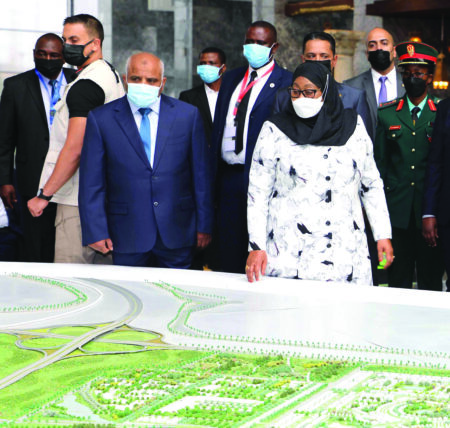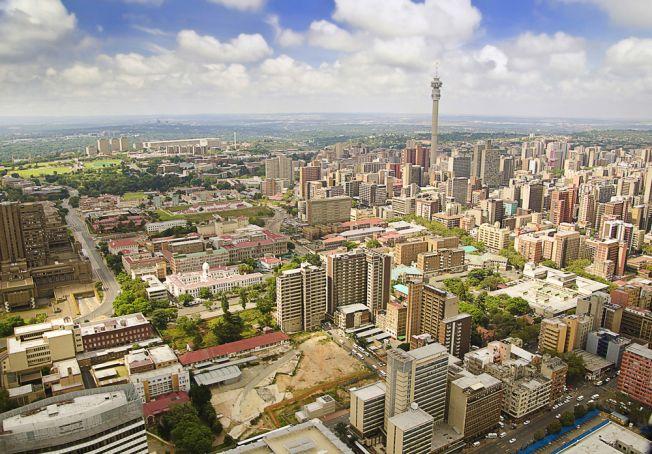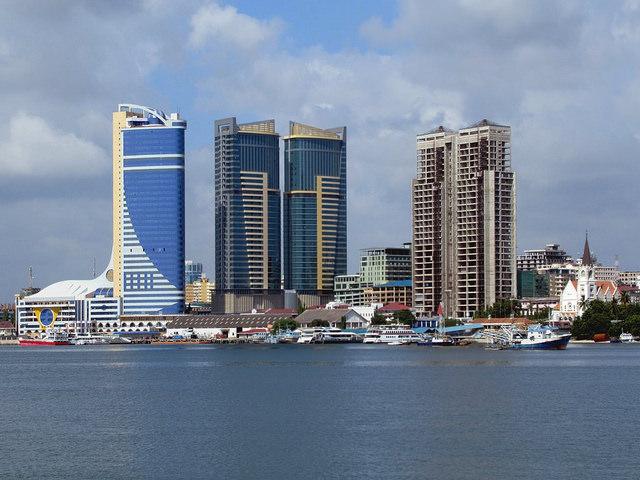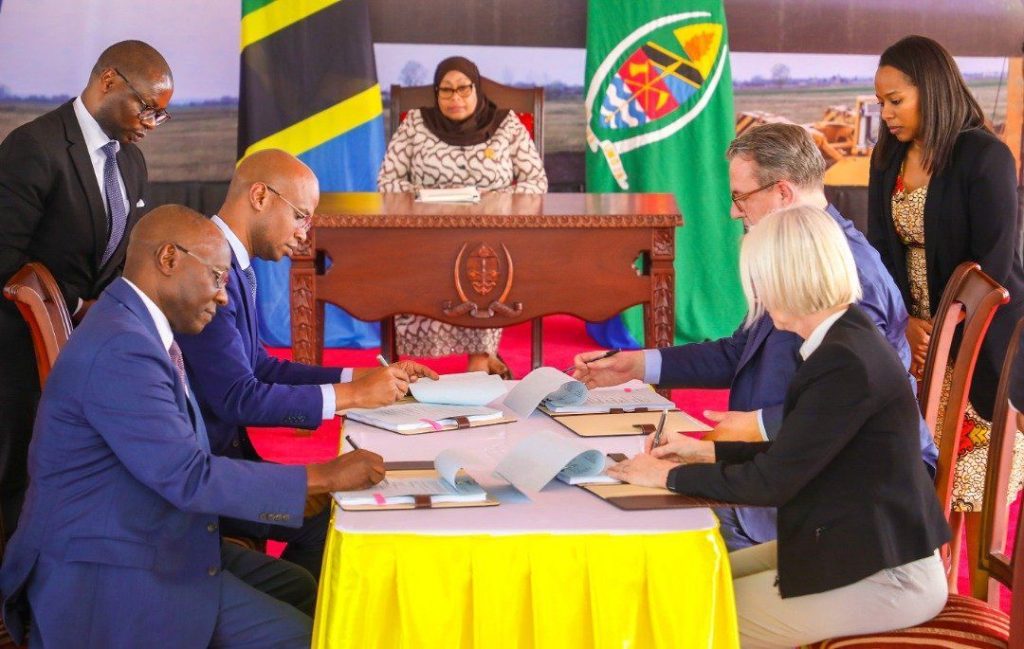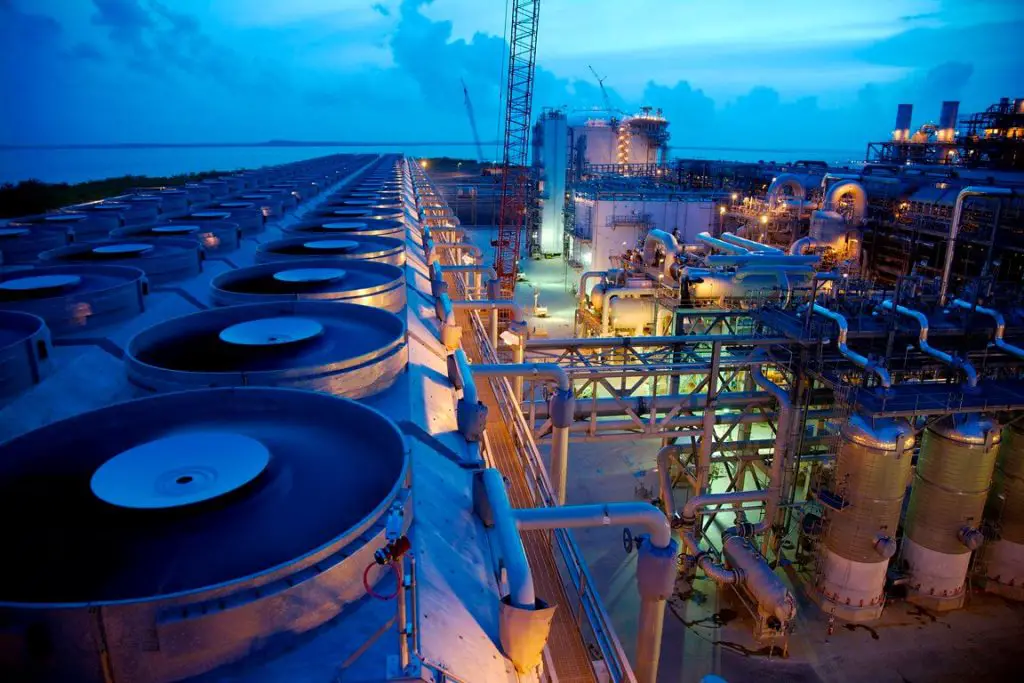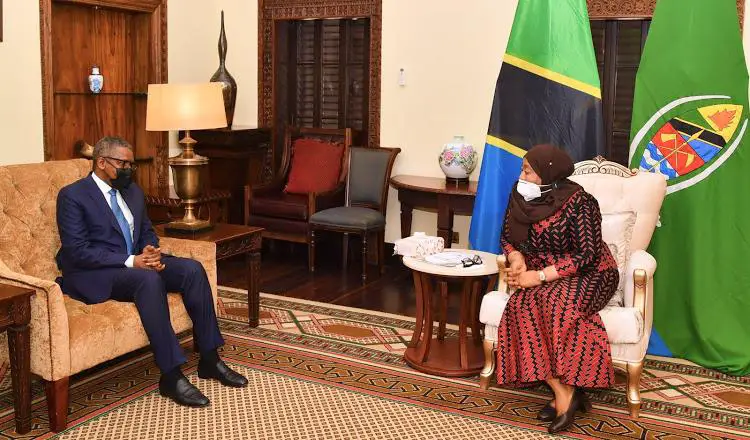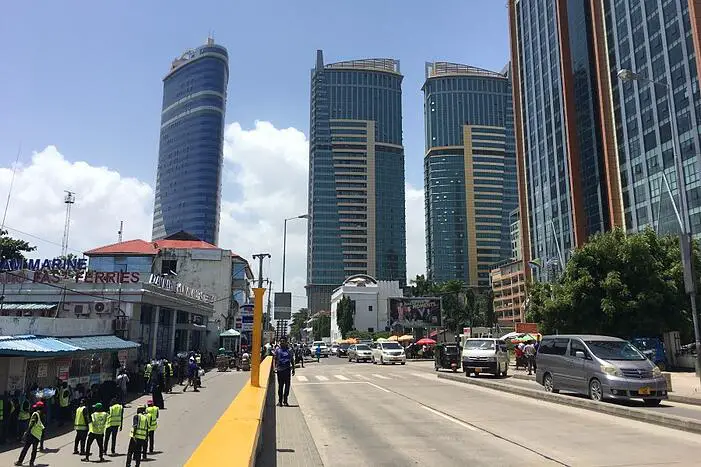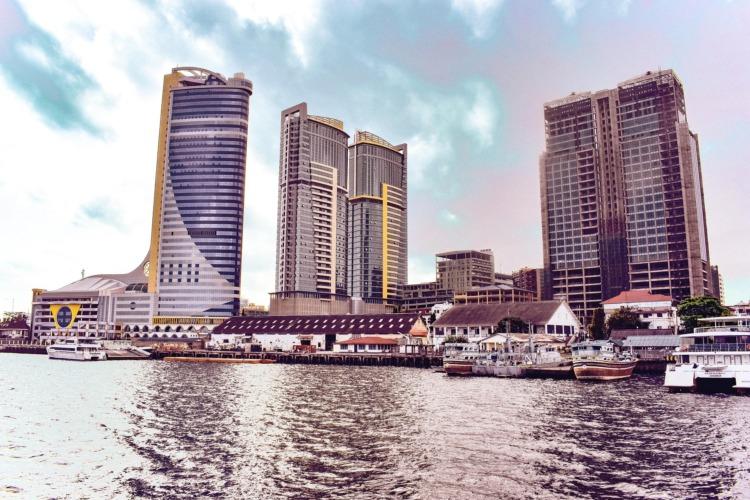- Rwanda joins African countries rolling out red carpet for Hollywood to boost tourism
- Thousands displaced as post-election violence rocks Mozambique
- A harsh start to 2025: Africa’s hunger crisis deepens for millions of children
- Uganda and Tanzania erupt in protests over $10Bn oil pipeline deal
- AIM Investment Awards 2025: Recognizing trailblazers in attracting FDIs
- Tanzania’s wildlife corridors: Protecting biodiversity through sustainable conservation
- East Africa Electric Highway lights up $200 million boost for Ethiopia
- Sustainable fisheries in Tanzania: Protecting marine life and coastal livelihoods
Browsing: Tanzania economy
The Tanzania Investment Centre (TIC) said that the country garnered a 22.2 percent rise in registered projects over the past five months. 132 additional projects will be registered between July and November of 2022, compared to 102 during the same period in 2021.
Tanzania is making significant progress in attracting the appropriate investment over time and space. This development is attributable to the current government under the leadership of President Samia Suluhu Hassan, whose dedication to expanding investment is shared by the whole economy.
Tanzania's economy is currently at 5,2 percent of GDP (3rd quarter 2022) and 4.9 percent inflation. Notwithstanding this, growth in other vital areas has been crucial to ensure Tanzania's industrialization goals remain on track.
According to a research published by African Mining Market on February 13, the mining industry in East Africa is witnessing tremendous expansion. Whereby, Tanzania’s sector is adding to the GDP whose proportion
The AfCFTA presents a significant opportunity for African countries to bring 30 million people out of extreme poverty and to raise the incomes of 68 million others who live on less than $5.50 per day. The AfCFTA is the new anchor to pull multinationals to invest in Africa.
This agreement not only brings hope to African governments but also encourages current efforts on the ground, which improve jobs in Africa.
The World Bank points out that the AfCFTA will create the largest free trade area in the world, measured by the number of countries participating. The pact connects 1.3 billion people across 55 countries with a combined gross domestic product (GDP) valued at $3.4 trillion.
It has the potential to lift 30 million people out of extreme poverty, but achieving its full potential will depend on putting in place significant policy reforms and trade facilitation measures. …
[elementor-template id="94265"]
Further, the IMF argued that the ECF arrangement for Tanzania supports government priorities, strengthening fiscal space for much-needed social spending and high-yield public investment, resuming and advancing the authorities’ structural reform agenda and strengthening financial deepening and stability.
Moreover, the IMF statement noted that “the ECF arrangement is centred on supporting the economic recovery from the scarring effects of Covid-19 and coping with spillovers from the war in Ukraine; preserving macroeconomic stability, and advancing the structural reform agenda toward sustainable and inclusive growth.”
On a broader scale, the IMF’s financial support goes after levitating Tanzania’s essential priorities.…
Earlies this month, the government of Tanzania demonstrated how serious the nation is with a big deal sealed in the nation’s capital, Dodoma, on Saturday (11 June).
The Government of Tanzania and its partners, including global industry giants Equinor, Shell and ExxonMobil, have set the bar so high with a historic Host Government Agreement (HGA), which will realize ambitious gas and Liquified Natural Gas (LNG) mega project.
The $30 billion natural gas project aims to produce 10 million tons per annum of LNG for export with transformational potential for industrialization by bringing investment, technology, skills and infrastructure to the country, which will benefit Tanzanian businesses and its citizens.…
Energy producers argue that Tanzania’s LNG international markets could be worth around 44.3 billion (based on 2021 markets), thus proving how the sector benefits all parties involved in the investment.
The EACOP pipeline is another success story that Tanzania wears as a badge of honour. It managed to win Uganda over and sweep off Kenya from the deal, as Tanzania’s land laws and policies favoured the project timeline. According to information from the EACOP official website, the oil project will transform oil and gas investment in both countries while increasing their FDI by over 60 per cent during the construction phase alone.
Mining is another extractive sub-sector that yields profits for both Tanzania and investors. After facing a series of international legal complications, Tanzania's new mining landscape is open for business.
Big global miner such as Barrick Gold has solidified investment in Tanzania mines which produce valuable diamond and gold…
The government is already working on all issues facing Dangote’s factor on President Suluhu’s directives. This means Tanzania is reshuffling its strategies and operations along the investment lines, to keep up with the rest of the region far ahead of her.
As a country that graduated to a low-middle-income level much more effort towards building sound and attracting an investment environment is required.
The current small achievements prove that there is more coming from President Suluhu’s administration in terms of advancing more foreign investment in the country.…
President Suluhu Hassan has welcomed American investors in her bid to “set the tone for creating the safe lending for investors”.
By 2021, Tanzania led in East Africa in the number of FDI attracted from the US to Tanzania, followed by Kenya and Uganda.
Over the past years, there was deterioration in Tanzania’s business and investment sector that marred the nation’s attractiveness.
The latter brought Tanzania to rank 141 out of 190 countries on the 2020 World Bank Ease of Doing Business Report, which the International Trade Administration argued to be the lowest among the nation’s peers.
Hence, President Suluhu Hassan’s administration is addressing the latter. Her government has now substantially improved cross border trading with its neighbouring nations, dealing with unrealistic taxes, unnecessary bureaucracy, delayed refunds and unfriendly administration of taxes.…
Thanks to the credit extended by BoT, the private sector credit maintained a strong recovery pace, recording an annual growth of 10 per cent, the same as in the preceding month, and significantly higher than the 2.6 per cent recorded in January 2021.
The central bank report noted that accommodative monetary policy had catapulted good performance of the sector. Money supply growth was strong in January 2022 and consistent with the target of 10 per cent for 2021/2022.
“Extended broad money supply (M3) grew at an annual rate of 14.9 per cent compared with 15.5 per cent in the preceding month.”
The review unequivocally pointed out that the growth rate was more than twofold of the outturn in the corresponding period in 2021.…
According to the review, money supply to accommodative monetary policy measures and supportive fiscal policy during the first half of 2021/2022.
Tanzania is a nation whose economy is driven by the healthy participation of the private sector, the sector fair well amid slow times.
Credit to the private sector grew by 5.9 per cent compared with an average of 5.1 per cent from July to December 2020.…
- Gold exports accounted for 43 per cent of goods exported by the year ending September 2021
- The Tanzanian shilling is argued to be stable against the US dollar
- Still, debt is a thorn to the Tanzanian government as it stands at more than $33 billion
The central bank of Tanzania released its monthly economic review report on 11 November, for October 2021, and it depicts the economy to be stabilised, despite a few sectors showing some decline in performance.
One of the most promising notes in the report is the stability of the shilling against the US dollar, “trading at an average rate of Tshs. 2,309.62 per US dollar in September 2021, compared to Tshs. 2,310.88 per US dollar in the preceding month,” the report noted.
Inflation
On this crucial sector of the economy, the report noted that inflation remained within the target of 3.5 per cent for the years …





